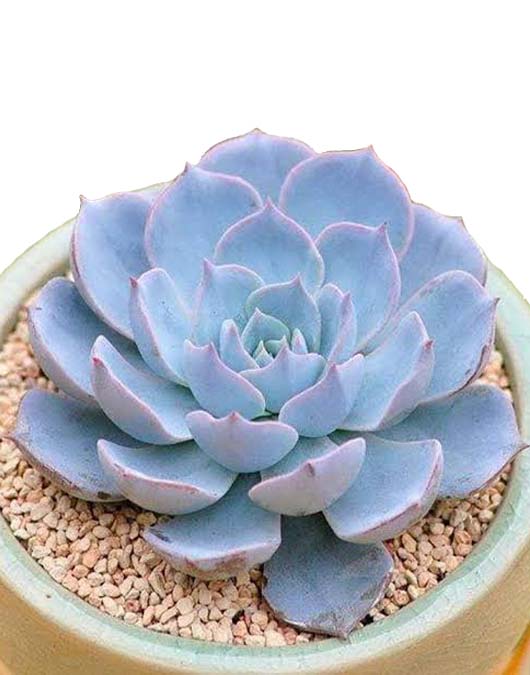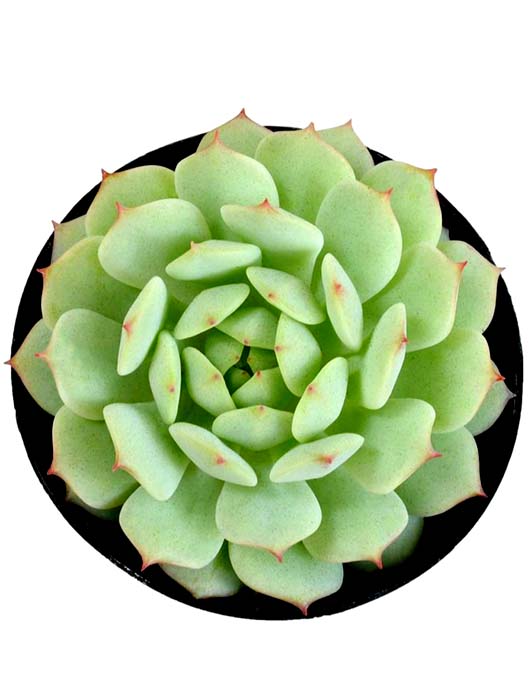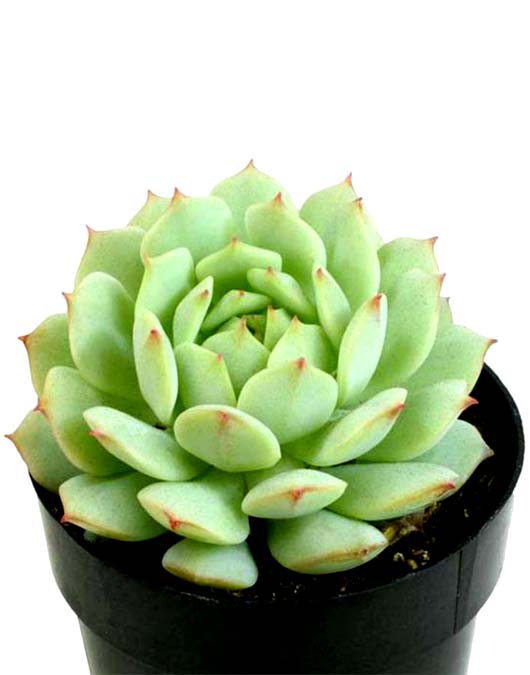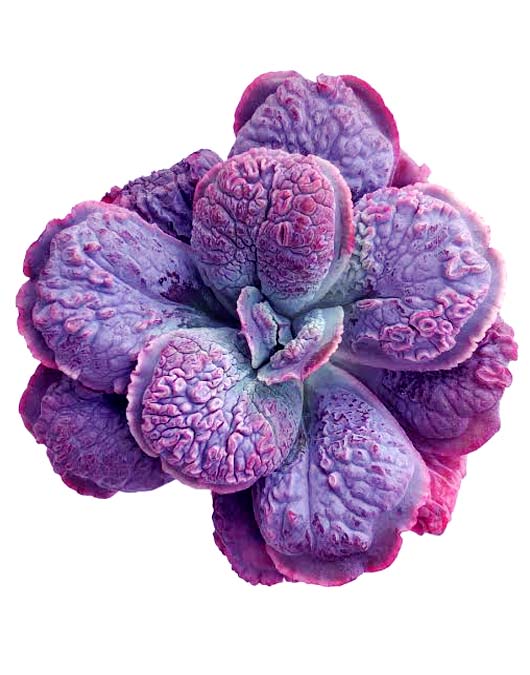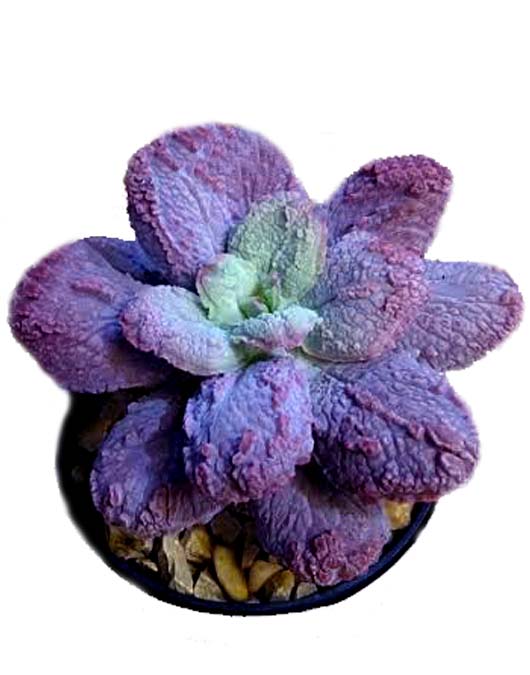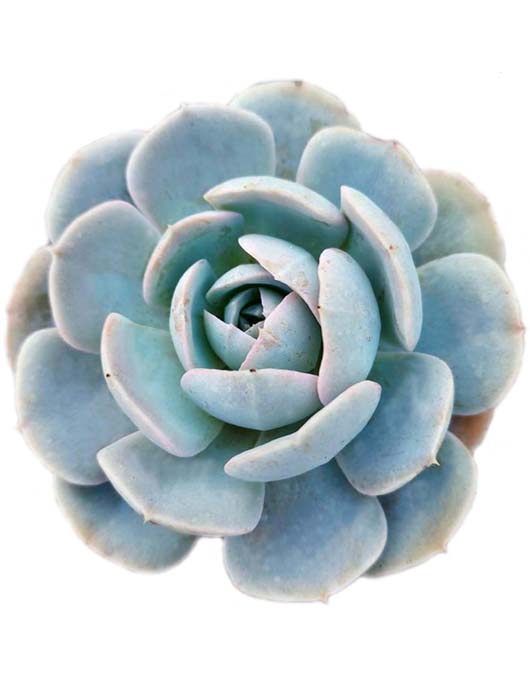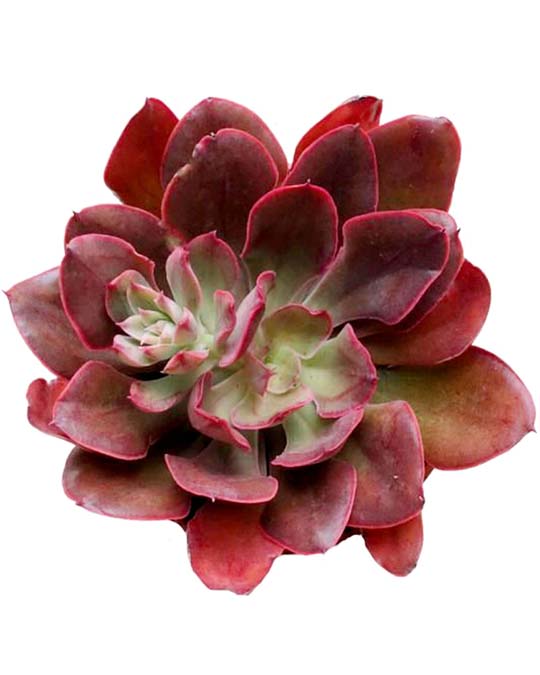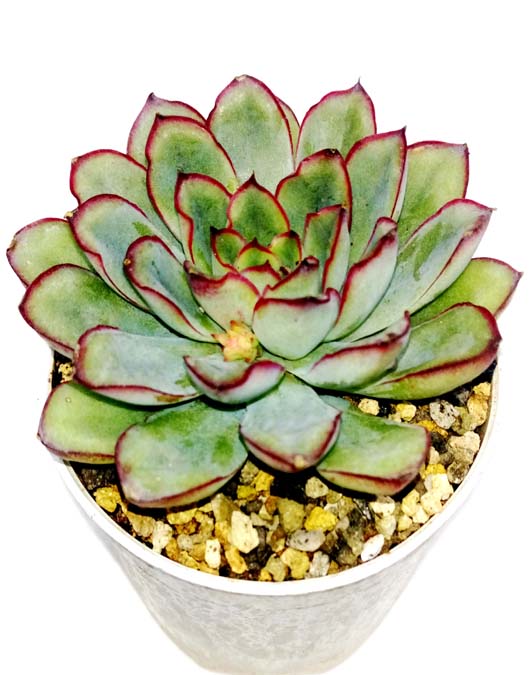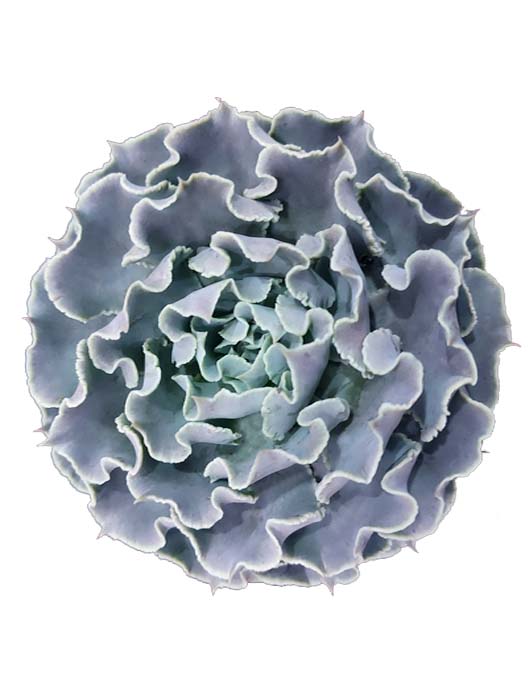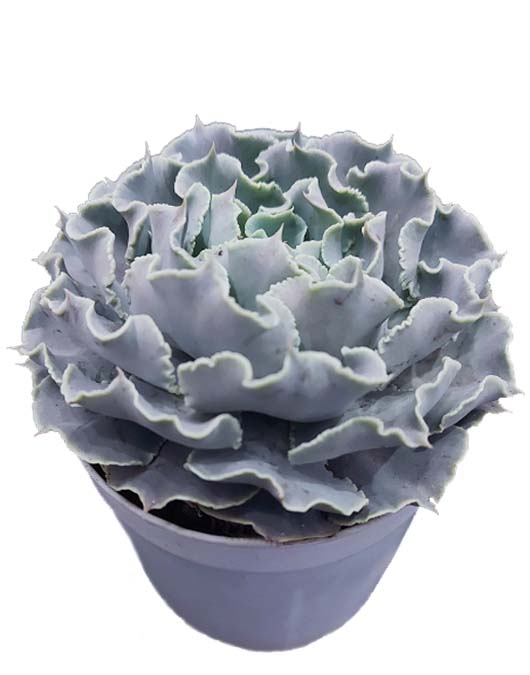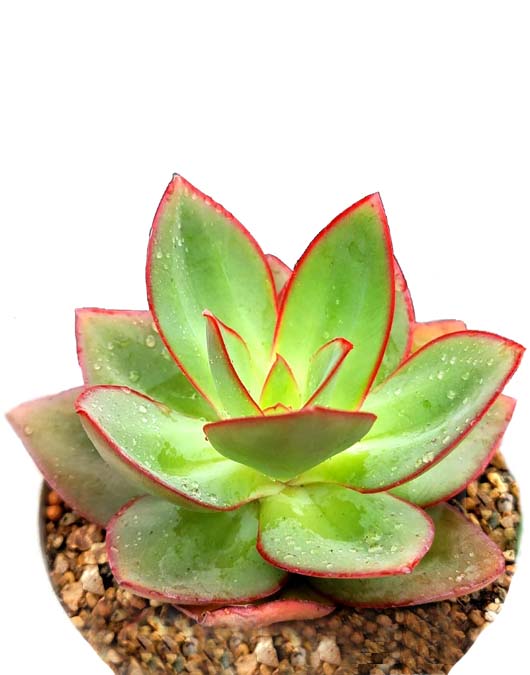- The “Painted Lady Echeveria” known botanically as Echeveria Derenbergii
- Echeveria Derenbergii blue has a rosette growth habit, fleshy leaves with whitish green blunt-edged triangles
- Like all Echeverias, Painted Lady plants have very low water needs
- The succulent Painted Lady appreciates a pot with a drainage hole and a well-draining soil consisting mostly of sand and loam
- Plant Will Be given With Free Plastic Pot
- Echeveria Derenbergii is an evergreen perennial succulent, growing to 10 cm (4 in), with a dense basal rosette of pagoda-shaped, frosted, bristle-tipped, fleshy leaves. It bears racemes of bell-shaped yellow flowers with “painted” red tips in winter
Out Of Stock
EtonGreen Live Echeveria Etna Succulent Plant
- Echeveria ‘Etna’ is a spectacular succulent that forms rosettes of frosty violet-blue leaves with warts or “caruncles.” The rosettes grow up to 12 inches (30 cm) in diameter. Flowers are bell-shaped, orange-red, and appear on a long inflorescence.
- ‘Etna’ is a great addition to rock gardens. The single rosette grows wide, so it’s best not to plant in an arrangement with ground-cover succulents. ‘Etna’ is an Echeveria Gibbiflora hybrid.
- Echeveria ‘Etna’ has typical watering needs for a succulent. It’s best to use the “soak and dry” method, and allow the soil to dry out completely between watering.
- It grows well in a well-drained succulent mix, with an ideal pH around 6.0 (slightly acidic) or an equal part sharp sand with all-purpose potting mix.
- Plant Will Be Given With free Plastic pot
Out Of Stock
EtonGreen Live Echeveria Holy Gate Succulent Plant
- Echeveria ‘Holy Gate’ is a lovely succulent. Echeveria ‘Holy Gate’: Pale, silvery blue rosette. This cultivar has fairly long leaves that curve inward to a point. Each year it can send up a tall bloom stalk from which dangle numerous orange, bell-shaped flowers.
- Echeveria are small, slow-growing, low Maintenance plants. Provide a well-drained soil away from reflected heat. Once established, water infrequently during the hot season.
- Echeveria ‘Holy Gate’ is a hybrid of unknown parentage.
- The perfect starting succulent due to its toughness and strong will to live. Plant alongside other Echeveria to show off its colors and contrast it against other varieties. Perfect in a pot outdoors or indoors.
- Plant will Be Given With Free plastic Pot
- Echeveria Painted Frills is a beautiful succulent hybrid of Echeveria Nodulosa and Shaviana
- Long, rounded, dark red leaves create a rosette shape with slightly frilly edges on the new growth.
- A lovely looking landscaping plant that adds color to succulent gardens.
- Perfect for pots on its own or as part of an arrangement/fairy garden.
- The root system will be sufficiently developed.
- Plant Will Be Given With Free plastic pot
- Echeveria are popular low growing ornamental garden plants
- Echeveria green spoon is a type of succulent which is drought tolerant and grows somewhat spoon-shaped. This plant is evergreen
- Echeveria Green Spoon is a dainty succulent that has soft round leaves which develop a reddish border when exposed to strong sunlight.
- The plant forms a domed habit of growth that gets larger as the rosettes continue to enlarge in accordance with the pot size used to grow the plant.
- Its light green leaves are fleshy and circular and make the beauty of this plant.
- Plant Will Be Given With Free Plastic Pot
Out Of Stock
EtonGreen Live Echeveria Pulidonis Succulent plant
- Echeveria Pulidonis is a slow-growing flowering evergreen succulent plant from the family Crassulaceae and genus Echeverias The plant hails from Puebla, Mexico, and Central America and commonly known as Pulido’s Echeveria. It has curved stemless rosettes 4” to 5” inches wide with a cupping growth and a distinct red tip and red edge.
- This succulent type is a unique one that blooms in the spring. When it blooms, you will enjoy yellow flowers. It is a nice addition to your collection of plants especially if you have it displayed in a beautiful pot.
- Plant Will Be Given With Free Plastic Pot
- Echeveria shaviana ‘Truffles’ is a beautiful succulent that forms rosettes of fleshy upcurved purple-blue leaves with very crinkly edges.
- Excellent for windowsill culture or for dish gardens.
- The striking Flowers Are Pink and Yellow And Appear in Late Summer. Most Common Echeveria Species are not Complicated Succulents to Grow,
- Be Careful Never to Let water sit in the Rosette as It can Cause Rot .
- Additionally, Remove Dead Leaves From The Bottom of the Plant as it Grows
- Plant Will Be Given With free Plastic Pot
- Echeveria subrigida is a beautiful succulent plant that forms rosettes of fleshy, spade-shaped leaves.
- Echeveria subrigida ‘Fire and Ice’ is a very attractive succulent that forms rosettes of wide, spade-shaped, blue-green leaves deeply channeled.
- Echeveria Subrigida is also commonly known as ‘Fire and Ice’. As the plant matures you can expect it to reach up to around 22.5 cm (9″) tall and about 45 cm (18″) in diameter. The plant is best known to have green to pale green leaves that are red around the edges. When the succulent flowers you can expect it to produce coral-pink flowers that are orange on the inside.
- The watering method is very important to keep your Fire and Ice healthy. It should not sit on the water, and an excess amount of water should be avoided. The best way of watering is soak and dry method.
- Plant Will Be given with Free Plastic Pot.

